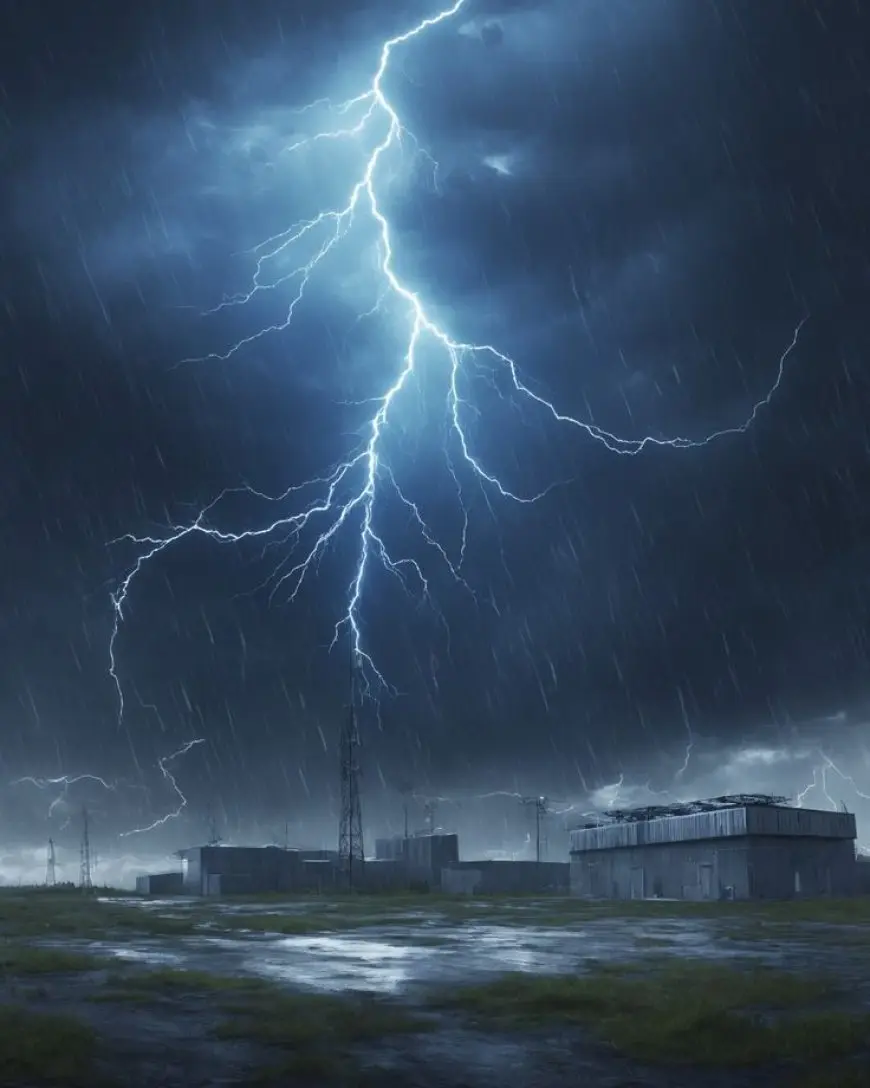The Science Behind Natural Disasters
The Science Behind Natural Disasters

Natural disasters are powerful events resulting from Earth’s dynamic processes. Understanding their science provides insights into why they occur and how to mitigate their impacts. From earthquakes to hurricanes, these phenomena are driven by complex interactions in Earth’s systems, often influenced by natural cycles and, increasingly, human activities.
Earthquakes: Movements Beneath the Surface
Earthquakes occur due to the movement of tectonic plates, massive slabs of Earth's crust that float on the semi-fluid mantle. When these plates collide, pull apart, or slide against each other, stress builds up along faults. Eventually, this stress is released as seismic energy, causing the ground to shake. The severity of an earthquake is measured by its magnitude, while its impact is influenced by factors such as depth, location, and the nature of surrounding structures.
Regions along tectonic plate boundaries, such as the Pacific Ring of Fire, are especially prone to earthquakes. Advancements in seismic monitoring help scientists predict the likelihood of events, though pinpointing exact times remains a challenge.
Volcanoes: Windows to Earth’s Interior
Volcanoes are formed when magma from beneath Earth’s crust erupts to the surface. This occurs at plate boundaries, where plates diverge or converge, or at hotspots where mantle plumes rise. The type of eruption depends on the magma's composition, with viscous magma producing explosive eruptions and fluid magma resulting in gentler flows.
Volcanic eruptions can have widespread impacts, from lava flows destroying local areas to ash clouds affecting global climates. Monitoring gases, seismic activity, and ground deformation near volcanoes helps scientists predict eruptions, allowing communities to prepare and evacuate if necessary.
Hurricanes: The Power of Warm Oceans
Hurricanes, also known as cyclones or typhoons depending on the region, are intense tropical storms fueled by warm ocean waters. They form when moist air rises, creating a low-pressure system. The rotation of Earth causes these systems to spin, forming the characteristic spiral shape.
As hurricanes move over warm waters, they gain energy and intensify. However, once they reach land or cooler waters, they weaken. Their impacts include heavy rainfall, strong winds, and storm surges, which can lead to widespread flooding. Understanding the patterns of ocean temperatures and atmospheric conditions is crucial for forecasting hurricanes and reducing their damage.
Tornadoes: Nature’s Most Intense Winds
Tornadoes are rapidly rotating columns of air that extend from thunderstorms to the ground. They form when warm, moist air meets cool, dry air, creating instability in the atmosphere. Wind shear, or changes in wind speed and direction with altitude, can cause the storm to rotate, leading to the development of a tornado.
The intensity of tornadoes is measured by the Enhanced Fujita Scale, which estimates wind speeds based on damage. While tornadoes are short-lived, they are among the most destructive weather events, often leaving a narrow path of devastation.
Floods: Too Much Water Too Fast
Flooding occurs when water overflows onto land that is typically dry. This can result from heavy rainfall, snowmelt, or storm surges. Flash floods happen quickly, while river floods may develop over days or weeks.
Flooding poses risks to lives, infrastructure, and ecosystems. Effective water management, such as building levees and restoring wetlands, helps reduce vulnerability. Predictive tools like rainfall monitoring and hydrological models are vital for early warnings.
Mitigation and Preparedness
While natural disasters cannot be prevented, their impacts can be minimized through scientific understanding and proactive measures. Building codes that account for seismic risks, early warning systems for storms, and community education programs save lives and reduce economic losses. Climate change is intensifying some disasters, such as hurricanes and floods, making global efforts to curb emissions more urgent.
Natural disasters, though devastating, are reminders of Earth’s immense power and the need for harmony with its systems. Through science, humanity can better understand these events, safeguard lives, and build resilience for the future.







